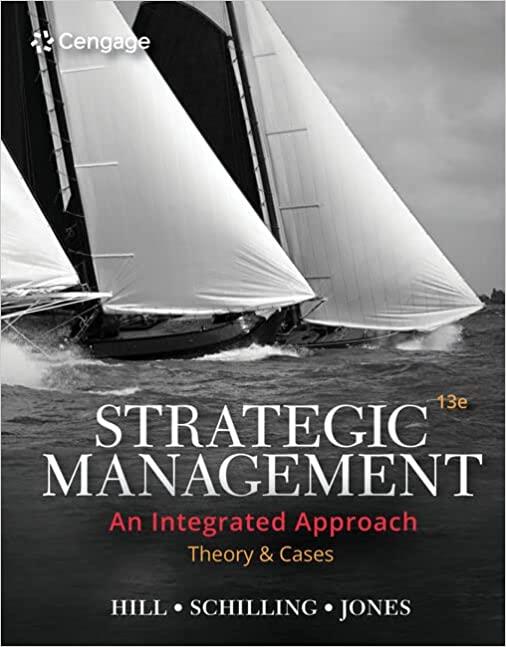Question
Payne Company purchased equipment on account on September 3, 2015, at an invoice price of $210,000. On September 4, 2015, it paid $4,400 for delivery
Payne Company purchased equipment on account on September 3, 2015, at an invoice price of $210,000. On September 4, 2015, it paid $4,400 for delivery of the equipment. A one-year, $1,975 insurance policy on the equipment was purchased on September 6, 2015. On September 20, 2015, Payne paid $5,600 for installation and testing of the equipment. The equipment was ready for use on October 1, 2015.
Payne estimates that the equipment's useful life will be four years, with a residual value of $15,000. It also estimates that, in terms of activity, the equipment's useful life will be 82,000 units. Payne has a September 30 fiscal year end. Assume that actual usage is as follows:
| # of Units | Year Ended September 30 |
|---|---|
| 16,750 | 2016 |
| 27,600 | 2017 |
| 22,200 | 2018 |
| 16,350 | 2019 |
Instructions
(a) Determine the cost of the equipment.
(b) Prepare depreciation schedules for the life of the asset under the following depreciation methods:
1.straight-line
2.double diminishing-balance
3.units-of-production
(c)
Which method would result in the highest profit for the year ended September 30, 2017? Over the life of the asset?
TAKING IT FURTHER
Assume instead that, when Payne purchased the equipment, it had a legal obligation to ensure that the equipment was recycled at the end of its useful life. Assume the cost of doing this is significant. Would this have had an impact on the answers to parts (a) and (b) above? Explain.
Step by Step Solution
There are 3 Steps involved in it
Step: 1

Get Instant Access to Expert-Tailored Solutions
See step-by-step solutions with expert insights and AI powered tools for academic success
Step: 2

Step: 3

Ace Your Homework with AI
Get the answers you need in no time with our AI-driven, step-by-step assistance
Get Started


